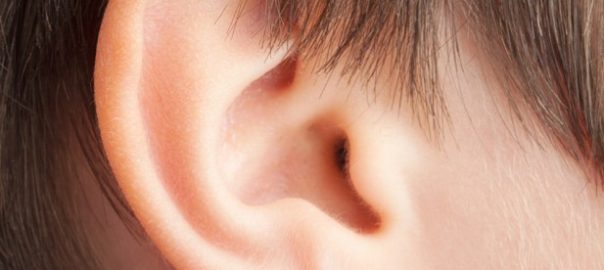Inner Ear Tissue Grown in Lab to Test New Therapies

Investigators at Indiana University School of Medicine have used human stem cell to grow inner ear tissue in the lab. The idea was to develop a method to test new therapies for balance and hearing disorders. Inner ear tissue is a scarcity in research labs because it is not biopsied. The lab-grown tissue will, therefore, offer an unprecedented opportunity to study diseases and test new therapies for the various disorders that afflict the human inner ear.
Three-Dimensional Culture
Researchers at Indiana University School of Medicine collaborated with otolaryngologists at Boston Children’s Hospital and Harvard Medical School to build upon a previously developed technique that involves culturing stem cells in a ball-shaped 3D medium instead of the traditional flat dish. The three-dimensional culture permits greater interaction between the cells and more closely mimics the natural environment in the human body.
Inner Ear Organoids
The three-dimensional stem cell culture was treated with specific molecules that served as signals to guide the dividing cells through the vital processes involved in inner ear tissue development in humans. The result was what scientists refer to as organoids, which closely resemble the sensory and supporting cell structure in the inner ear. Essentially, this is a recipe to create human inner ears using stem cells. The researchers were surprised that a pea-sized 3D aggregate of stem cells could be used to create multiple organoids.
CRISPR Gene Editing
The CRISPR gene editing technology was used to engineer stem cells that differentiated into sensory cells found in the human inner ear. These sensory cells were labeled with a fluorescent material to allow the researchers to monitor them. The population of dish-grown sensory cells was found to have the same functions as natural inner ear tissue, i.e., the ability to detect motion and gravity. Moreover, neuronal connections formed between the sensory cells, an exciting discovery for the researchers since both types of cells are essential for balance and hearing.
Future Possibilities
The method could be a game changer in the study of inner ear problems. Until now, scientists have had to rely on animal models which are different from human tissue. The method is being used to study what causes genetic deafness. There are plans to start the first drug screening on the inner ear organoids as well. The hope is that the method will allow newer therapies to be discovered to treat people with severe hearing difficulties.
References:


